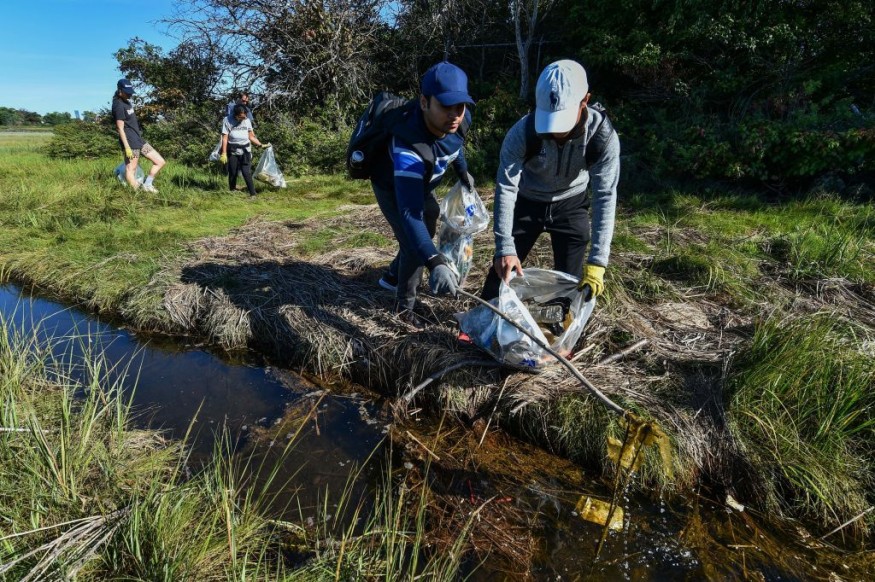Low marsh, known as a carbon sink, emits more carbon dioxide than high marsh during a warm or hot weather, according to a new study.
Researchers determined that by increasing the temperature also elevates the carbon dioxide emissions of the said wet ecosystem.
Low Marsh Carbon Emissions

Researchers from the Marine Biological Laboratory Ecosystems Center published their new study in the journal Geophysical Research Letters on October 22, determining that low marsh or low salt marsh emits more carbon gas than high salt marshes during high temperatures.
The study highlights that while salt marshes are well-known carbon sink and can aid carbon-mitigating efforts, they are also dynamic ecosystems that can be altered during seasonal changes and tides.
For their new paper, the research team used Sage Lot Pond in Cape Cod in Massachusetts, New England.
The team showed how seasonal cycles and the ocean's ebb and flow affect the carbon stored in New England marshes.
The marine center's researchers and their collaborates focused on gas exchange from the Sage Lot Pond marsh system for more than 16 months between 2014 and 2016, as cited by Phys.org.
The team found that there is a correlation between each degree of warming with the exponential increase in carbon dioxide emission.
What is Carbon Sink?
According to the National Geographic, carbon sinks like forests and oceans are places on Earth that absorb more carbon than they release, continuously taking out carbon from the atmosphere through the process of photosynthesis.
In contrast, carbon sources relatively release more carbon than they absorb.
Although our planet has carbon-absorbing ecosystems, human-induced greenhouse gas emissions could counter them.
While carbon is an essential part of life on Earth and even as a component of the air we breathe in the form of carbon dioxide, the chemical element is one of the most climate-destroying member of greenhouse gases.
In previous years, carbon sequestrations efforts, aside from the international climate change initiative Paris Agreement, have focused on studying and protecting carbon sinks in different parts of the world with the aim of reducing the presence of carbon dioxide in the atmosphere.
However, the amount of carbon cannot be fully eradicated since the carbon cycle process allows the element to continually flow in and out of the atmosphere and also living things, the National Geographic added.
Specifically, plants absorb carbon dioxide from the atmosphere through photosynthesis.
When plants die, carbon goes back into the soil, where microbes can release them back into the atmosphere.
What are Salt Marshes?
Salt marshes, which are either low or high marshes as mentioned earlier, are coastal wetlands that are flooded and drained by saltwater that comes along with tides, according to the National Oceanic and Atmospheric Administration (NOAA).
They are described the NOAA as "marshy" because the soil in them may consist of deep mud and peat, which is made of decomposing plant matter that is often measured several feet thick.
With this, salt marshes are frequently submerged by the tides and contain extremely low oxygen levels, also called as hypoxia.
Salt marshes can be found worldwide, especially in regions from middle to high latitudes that thrives mostly along shorelines.
In the United States, salt marshes can be found on every coast; where approximately half of the country's salt marshes are located along the Gulf Coast.
© 2025 NatureWorldNews.com All rights reserved. Do not reproduce without permission.





